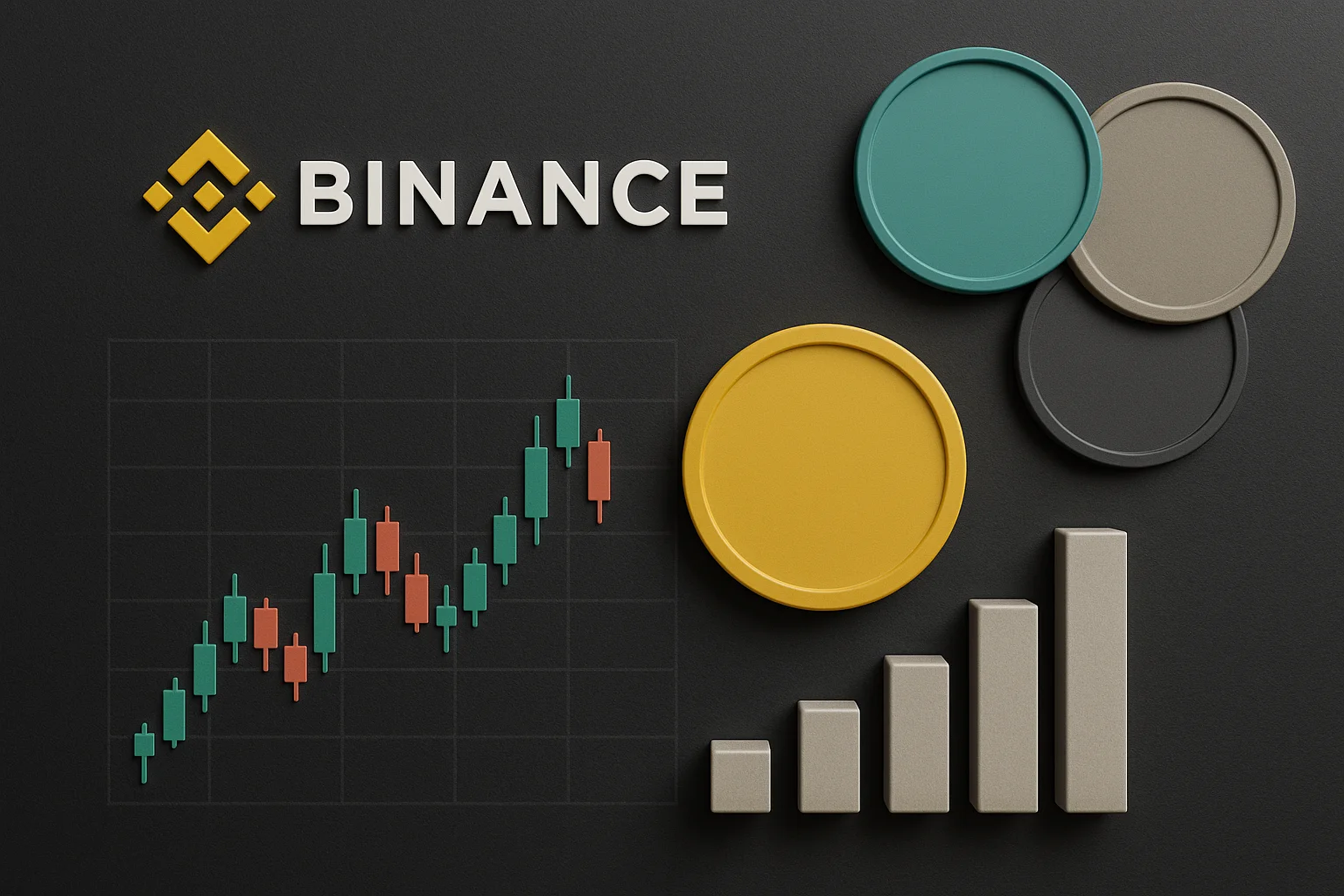India is preparing to open a new chapter in digital finance with the rupee-pegged ARC stablecoin, which it plans to launch in the first quarter of 2026. This step, which follows years of digital payment testing, CBDC trials, and blockchain pilots in the country, demonstrates the maturation of a stablecoin model that is compliant with regulatory frameworks, secure, and supported by public authorities. Increasing transaction volume, demand for speed, and the need for transparency in international payments are driving policymakers and financial institutions to pursue more modern infrastructure, while ARC has become central to India's long-term fintech vision.
Process for ARC stablecoin launches in India
The significance of the ARC stablecoin goes far beyond its technical features. Regulators' focus in recent years has been to establish a secure foundation for digital finance by embracing innovation while simultaneously managing risks. ARC aims to achieve precisely this balance. The rupee's one-to-one peg and its full backing by government bonds (G-Secs) and treasury bills demonstrate that the system is designed for predictable payment rather than speculative use. Banks and financial institutions will benefit from fewer manual transactions, instant settlements, and built-in compliance layers. For businesses, the expected development of low-cost, globally standardized, regulated, and fast digital payment gateways is expected.
The timing of this move is also critical. Many major economies, including the US, EU, Japan, and Gulf countries, are discussing regulated stablecoin models to accelerate international payments and reduce dollar pressure. The launch of the ARC demonstrates that India does not want to be left behind in this discussion; rather, it aims to lead the process by setting its own standards. Blockchain-based rapid confirmation mechanisms, real-time monitoring, and a low margin of error are expected to significantly reduce costs for both banks and corporate users. Furthermore, the ARC could strengthen the rupee's visibility in the digital space by offering a local alternative to the long-held dominance of global dollar-pegged assets like USDT and USDC. The Indian crypto community is also closely watching the development. Developer CurryCodeCrash calls ARC a "huge step forward," saying a regulated, fully rupee-denominated token could mitigate the outflows from USD stablecoins that occur every bull cycle. It's also noteworthy that ARC is designed to work alongside, rather than compete with, the RBI's digital rupee. This creates a two-tiered architecture: CBDC as the official infrastructure; ARC for programmable payments, smart contracts, and corporate transactions. This architecture could both speed up cross-border transfers and reduce remittance costs. ARC is also planned to be integrated with the UPI and Polygon CDK networks, demonstrating that the system is designed not only for local use but also for global interaction.




